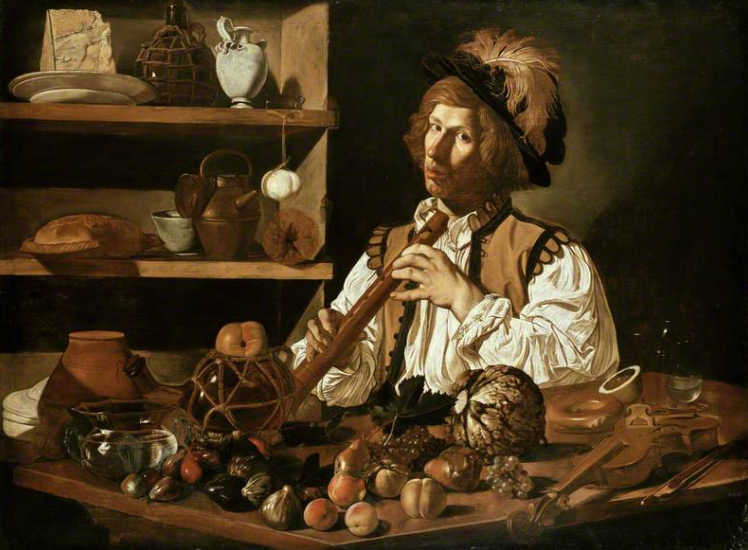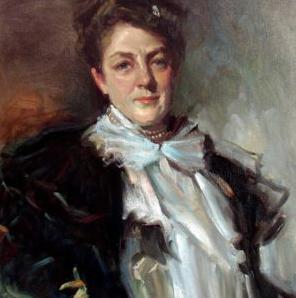I write tonight from Minneapolis, MN where I have been recording a new video educational project. Today was spent really looking at what we:
- Know about photography
- What we NEED to know
- How we use what we know
- How we express to others THEIR need to know
When you have been doing this for a while, so often you find yourself rambling through your work not paying too much attention to those coming up behind you who are desperate to learn. If they reach out to you, fine. You'll be there to help. But, what I have come to learn this year more than ever before, is that it takes YOU reaching out to them to show the care and concern and truly taking the first step to "make a difference" in helping them get better as photographers.
While working through the foundational elements of portrait photography we discovered how many of the great artists of days gone-by, from 500-600 years ago, were working with the same techniques of lighting a face that we still utilize in today's portrait world. From Caravaggio to DaVinci, from the Dutch Masters to John Singer Sargent.
What seems to be confirmed is that while things have become much more contemporary in terms of what we deliver to our clients in today's portrait market, the fact is those "old-school" techniques are not only still live, they thrive. Some of the top portrait people working today are still relying on these fabulous techniques learned by so many masters of yesteryear. From the Rembrandt style lighting to the traditional "loop" light and much more. Check out the wonderful work from William Branson III, Gregory Daniel, Tim Kelly, Gabriel Alonso and more. They are creating true masterpieces of today for their clients.
Rembrandt Lighting by Caravaggio
Split Lighting by John Singer Sargent
Loop Lighting by Singer Sargent
Study the traditional light qualities most often taught to photographers:
- Rembrandt Lighting
- Loop Lighting
- Butterfly/Paramount Lighting
- Split Lighting
The can each be found throughout art history in a variety of situations and scenarios. Study these art works closely and see what it is about each of these that draws you in and asks you to view it. You'll find that often the answer is Lighting.




